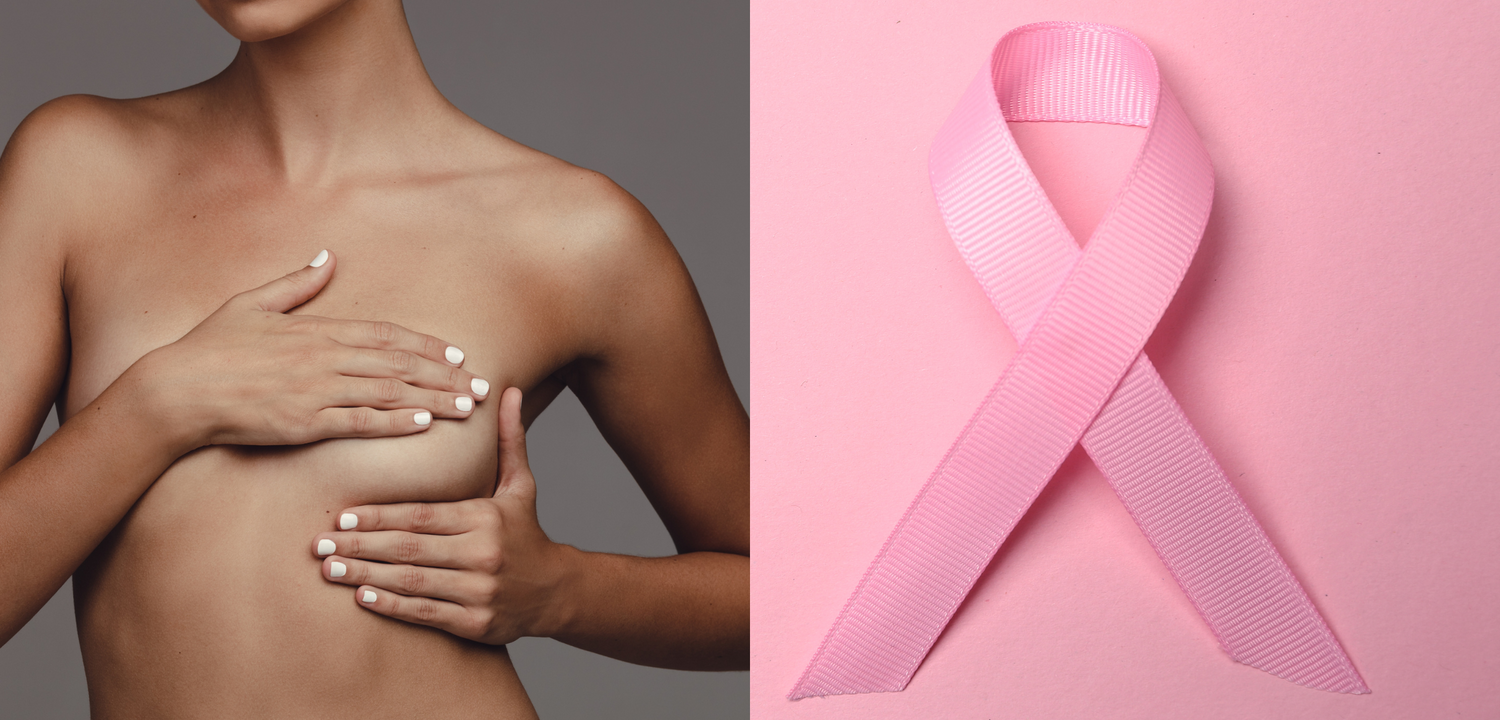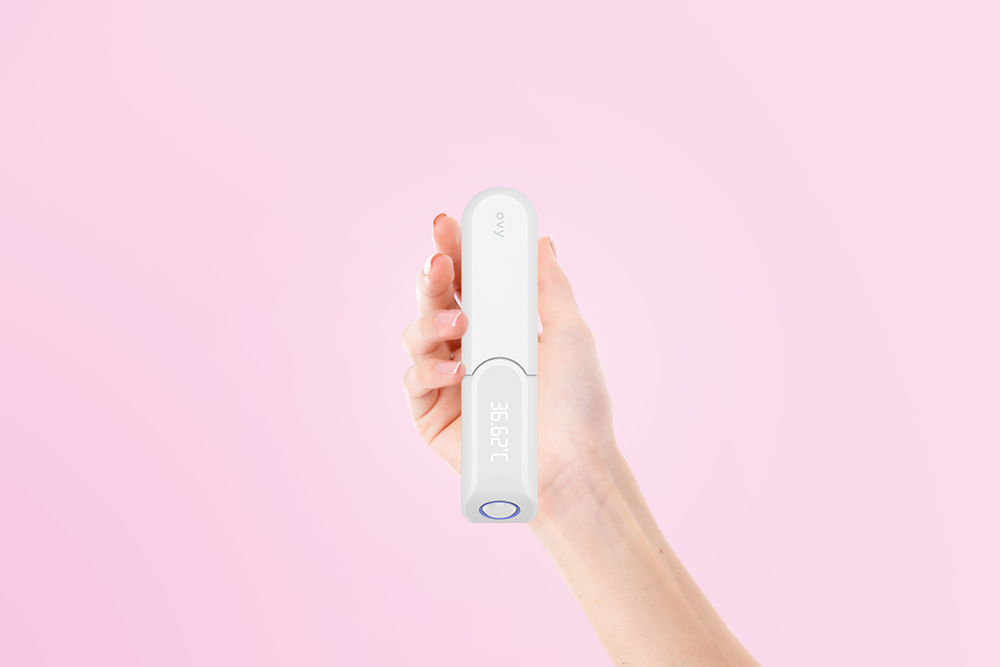Key Takeaways
- Breast cancer is one of the most common cancers in women*.
- Through a monthly self-examination, changes can be noticed quickly and clarified by a doctor.
- Just follow our instructions for your breast exam.
Breast cancer is one of the most common cancers in women* worldwide. By consciously palpating one's own breasts, early detection can be improved and the chances of cure increased. This is because self-examination enables women* to notice changes in their breasts, such as lumps, swellings or skin changes. These do not have to be malignant, but can then be promptly clarified gynecologically. In the following, we explain why, when and how women* palpate their breasts.
Steps for breast self-examination
Perform the exam in a relaxed environment. The best time for pre-menopausal women* is one week after their period begins. At the beginning of the cycle, the tissue is soft and easier to palpate. Towards the end of the cycle, the glandular tissue may swell under the influence of hormones and feel harder, often somewhat nodular.
During the exam, look for:
Nodes in the breast
Lumps are usually palpable only from about 1-2 cm in size - depending on their location (just under the skin or deeper), breast texture (nodular or non-nodular breast) and breast size. They cannot be moved, feel firm, and usually do not hurt. But not every lump means cancer; however, always get palpable findings checked out.
Changes in the nipples
Newly appeared retractions in one place or depressions of the entire nipple are an alarm signal as well as inflammations and skin changes or secretions, especially if they are bloody or occur only on one side.
Changes in breast size
Most women* have breasts of different sizes. However, if the difference in size is new this is a reason to go to gynecologist*. The different behavior of both breasts when lifting the arms is also a sign that should be clarified.
Skin abnormalities
Retractions and other noticeable changes in the skin (large pores, "orange peel skin") are a possible warning sign of breast cancer, as are redness and inflammation that do not subside.
Swelling in the armpit
Swelling and lumps in the armpit may indicate lymph node metastases. However, swelling can also occur with infections.
If you notice one or more of these abnormalities, consult your gynecologist.
Here's how to do it:
In front of the mirror: Look at your breasts for visible changes such as redness, swelling or dents. Assume different positions: tuck your arms at your hips, cross your arms behind your head and bend forward with your arms hanging down. Look for any changes, dents or bumps in the chest.
Standing: Raise one arm and start by palpating your armpit, stroking from there to your lower breast crease. Use your fingertips to make gentle circular motions from the outside toward the nipple and from the nipple outward. Then stroke each area of the breast in even motions from top to bottom and vice versa. Also palpate the nipple and the area around the nipple, as well as the upper area towards the breastbone.
Tip: For this examination, it is a good idea to do it in the shower. Lumps are easier to feel with a little washing lotion than under dry skin.
Lying down: Perform the same movements while lying down with your arm raised to also palpate the breast area closer to the armpit.
Palpating the nipple: Examine the nipple for discharge, swelling, or skin changes. Also, look for changes in the areola.

Palpating the breast, Pink! against Breast Cancer Ltd.
© PINK! against Breast Cancer GmbH
Frequency and age guidelines:
- Begin regular self-exams beginning at age 20.
- Starting at age 30, women* are eligible for an annual palpation exam as part of their gynecological screening.
- Women* in the 50-70 age group are invited for mammography screening every two years.
- There is no age limit for self-exams; continued screening is important.
Professional societies recommend that women* examine themselves regularly. This is because this palpation and inspection of one's own breasts increases, above all, one's sense of one's own body. Women* learn about the special features of their own breasts and are better able to identify irregularities.
However, there are also critics of self-examination, as there are no studies to date that prove that self-examination has an influence on breast cancer mortality. In the eyes of the critics, too many benign lumps are detected, which leads to unnecessary fear and unnecessary biopsies. In fact, studies to date have not shown that independent breast palpation reduces the mortality rate. This also has to do with the fact that palpable tumors are no longer truly "small."
Because breast changes can occur at any age, breast self-examination is suitable for women* of all ages. However, it is in no way intended to replace the statutory screening program. It does not serve as the sole preventive measure.
Medically Reviewed
This text was created by medical editors on the basis of specialist medical literature and current studies. Our aim is to work scientifically, identify sources and regularly check that the content is up to date.
References & Literature
- Robert Koch Institut (2018). Krebs in Deutschland für 2017/2018





